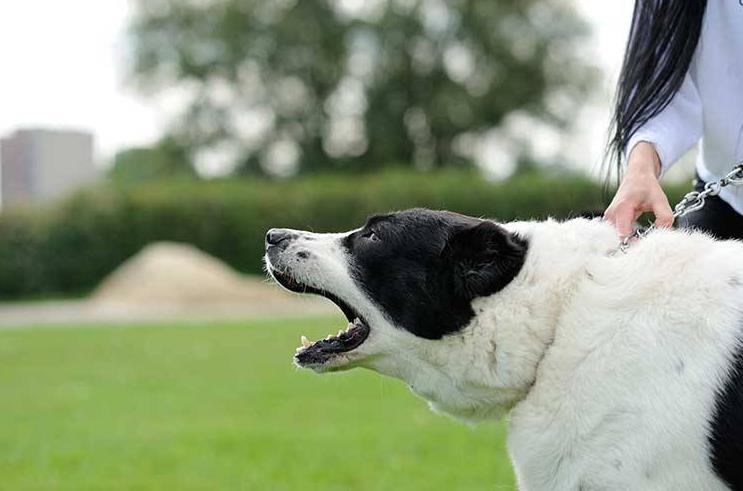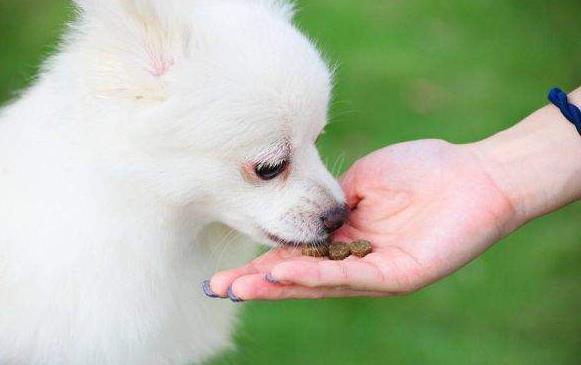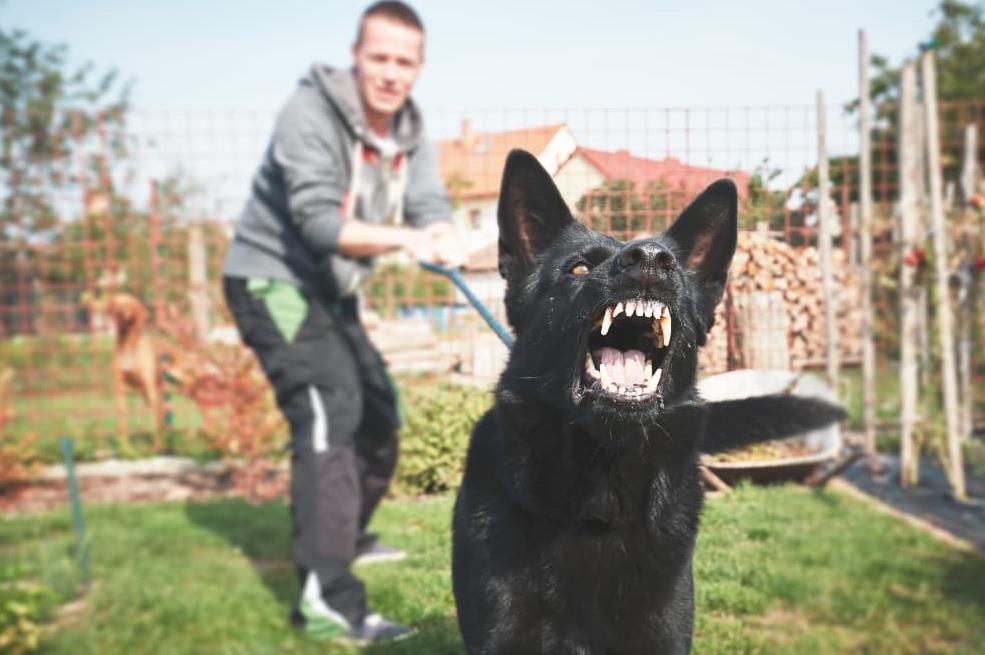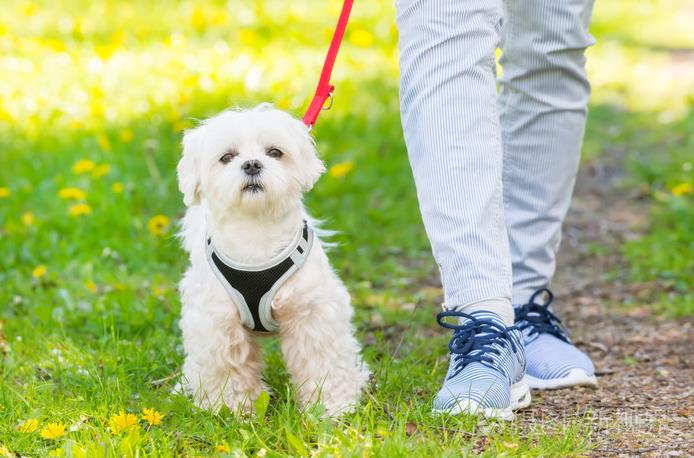Walking dogs can be one of the joys of pet ownership, which benefits for both people and dogs. It can increase owner—pet bonding through engagement in an activity together. However, too many dog owners are unable to take their dogs for walks due to unwanted behaviors while on a leash, including barking, pulling, jumping, growling, and attempting to bite people and other dogs. So how to deal with these aggressive behaviors? There are several steps you can take to address the issue.

1.Know the cause of your dog’s aggression.
Unwanted behaviors during a walk often start as exuberant behavior without ill intent, as dogs try to reach other people and dogs. Over time, these behaviors can make walking difficult, and owners may respond by tightening the leash or using punishment. However, these reactions can signal to the dog that approaching people and dogs is problematic, increasing their emotional arousal. Punishment can also increase anxiety and fear, making the stimulus associated with unpleasant outcomes and further increasing tension when encountering people and dogs. Once you understand the cause, you can work on developing a plan to address the issue.

2.Practice positive reinforcement training.
One way to address aggression on walks is to practice positive reinforcement training. Reward your dog for good behavior, such as walking calmly and ignoring distractions. Treats, praise, and toys can be effective rewards. Use a firm but gentle approach when correcting bad behavior, such as pulling or growling.

3.Desensitize your dog to the triggers that cause aggression.
Another technique is to desensitize your dog to the triggers that cause aggression. For example, if your dog is aggressive towards other dogs, slowly introduce them to other dogs in a controlled environment, such as a dog park or on a leash. Gradually increase the duration and frequency of the interactions as your dog becomes more comfortable.

4.Remain calm and patient.
It’s important to remain calm and patient. Reacting strongly or punishing your dog can exacerbate the aggression. Consult with a professional dog trainer or behaviorist if the aggression continues or becomes severe.
Aggressive behavior by dogs walking on a leash creates tension and welfare issues for the dog and the family. Early exposure to people, places, dogs, and other stimuli may help condition dogs to accept all types of stimuli on walks. When a dog is reactive, the best approach is to remove the dog from the situation and work on slow counter conditioning to help the dog learn the proper responses.

